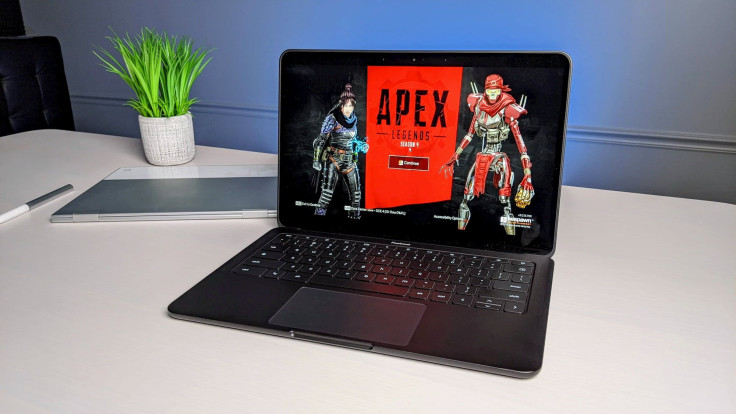With Microsoft's Project xCloud releasing next month, Nvidia has also been making moves with its own game streaming solution GeForce Now. Starting today, you can access GeForce Now on your Chromebook without needing the GeForce Now client. Chromebook users will be able to use the service via their web browsers, which also indicates what Nvidia might be planning for GeForce Now in the future.
Adding Chromebook support allows many users to enjoy high-quality games without needing demanding hardware. Nvidia has also mentioned that over 80% of Now users don't meet the minimum requirements for the games they play with GeForce Now. If you're a Chromebook user, you'll be among the first users to access GeForce Now through a web browser. The decision from Nvidia also means that the service could be entirely based on web browsers in the future, regardless of what operating system you may have installed on your computer.
Given the ongoing game streaming battles between Microsoft and Apple, a workaround could be easily handled by offering a web-based service that doesn't ask you to install an app.
If you're a Chromebook user, you can subscribe to the service by clicking this link. Once signed up to the service, you'll be able to stream any game you own. GeForce Now streams games from your Steam and Epic Games Store libraries, and the GPU manufacturer doesn't charge anything for the service.
However, you'll still need to buy either of the two available subscriptions, which decides what kind of hardware will power your games and how long you'll have to wait in the queue before getting your chance. One of the two tiers is a free tier and the other one charges you $5 per month. Both the tiers max out at 1080p and 60 fps. Paying for the service will give your access to hardware that is capable of ray tracing and gives you high priority when logging into the service. GeForce Now is available on Windows, Mac, Android, and now ChromeOS.

















